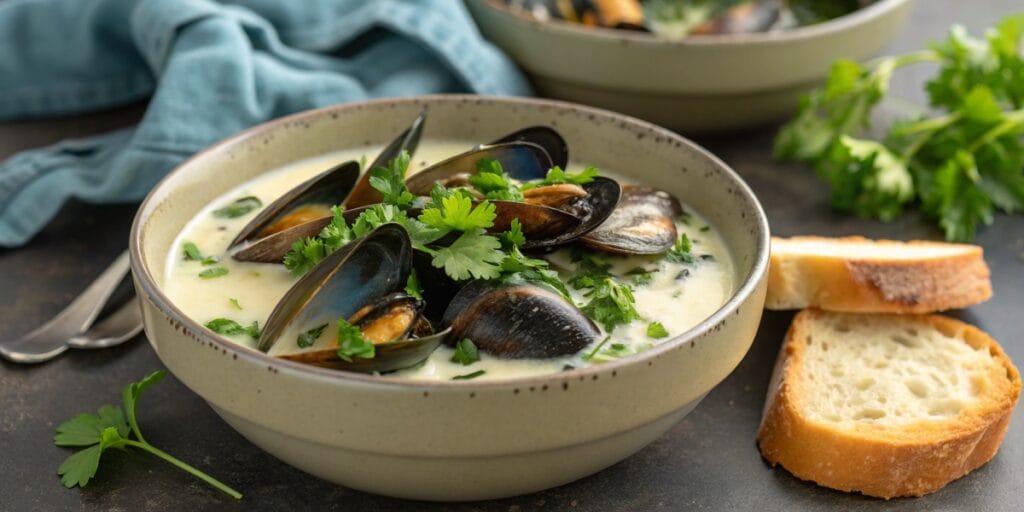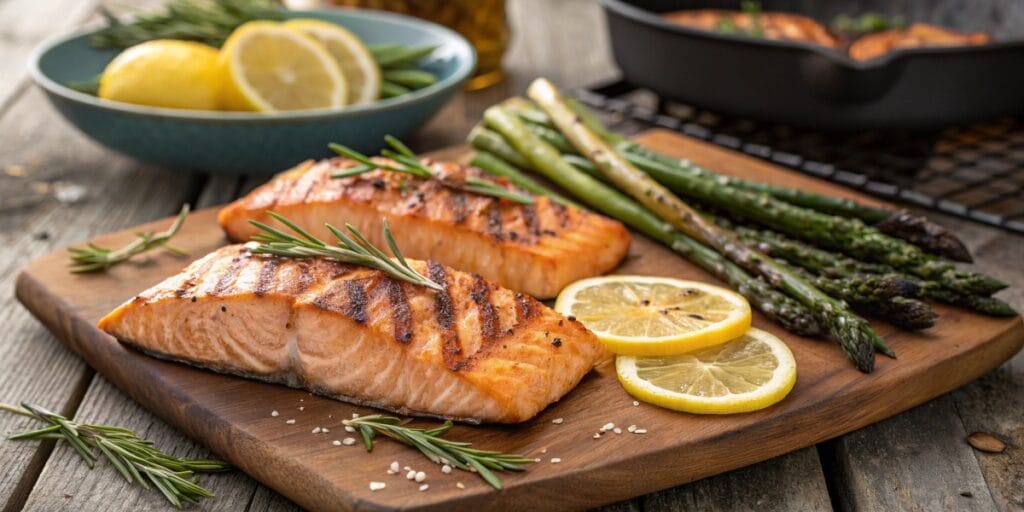The Ultimate Guide to Best Cooking Methods for Seafood
Seafood is one of the healthiest and most versatile protein sources. However, choosing the best cooking method for seafood can make all the difference in flavor, texture, and nutritional value. In this guide, we’ll explore various cooking techniques, tips, and best practices to help you master seafood preparation.
Understanding Seafood Varieties and Their Characteristics
Types of Seafood
Seafood can be categorized into two main types:
- Fish: Includes oily fish like salmon and white fish like cod.
- Shellfish: Encompasses crustaceans (shrimp, lobster) and mollusks (clams, mussels).
Each type has unique textures and flavors, making certain cooking methods ideal for specific seafood varieties. For ideas on pairing seafood with side dishes, explore our Healthy Seafood Recipes.
Factors Influencing Cooking Methods
When choosing a method, consider:
- Fat content: Oily fish like salmon handle high heat well, while lean fish may need gentler cooking.
- Thickness: Thicker cuts require methods like baking or grilling.
- Firmness: Delicate seafood benefits from methods like steaming or poaching.
Popular Cooking Methods for Seafood
Grilling
Grilling imparts a smoky flavor to seafood and is perfect for firm varieties like salmon or tuna. For inspiration, check out our guide on Grilled Shrimp Skewers.
Best Practices:
- Preheat the grill and oil the grates to prevent sticking.
- Use grill baskets for smaller seafood like shrimp.
Pros:
- Adds a smoky flavor to Seafood.
- Quick cooking time.
Cons:
- Requires close monitoring to prevent overcooking.
Recommended Seafood
- Salmon, tuna, swordfish, shrimp, lobster tails.
Broiling
Broiling uses direct high heat and is ideal for thicker cuts. For an example of flavorful broiling, explore our Baked Salmon with Herbs.
Best Practices: Best Cooking Methods for Seafood
- Position seafood close to the heat source.
- Monitor closely to avoid overcooking.
Pros:
- Creates a crispy exterior.
Cons:
- Can result in uneven cooking if not watched carefully.
Recommended Seafood:
- Mackerel, bluefish, salmon.
Baking
Baking is a gentle method, suitable for whole fish and fillets.
Best Practices: Best Cooking Methods for Seafood
- Use parchment or foil to retain moisture.
- Season generously for optimal flavor.
Pros:
- Even cooking.
- Minimal supervision needed.
Cons:
- Can dry out if overcooked.
Recommended Seafood:
- Halibut, cod, tilapia.
Sautéing
Sautéing is a quick method using a small amount of fat. Learn how to master sautéing with our Sautéed Scallops Recipe.
Best Practices: Best Cooking Methods for Seafood
- Preheat the pan and use oil with a high smoke point.
- Cook skin-side down first for crispiness.
Pros:
- Quick and flavorful.
Cons:
- Requires attention to prevent burning.
Recommended Seafood:
- Scallops, shrimp, thin fish fillets.
Steaming
Steaming preserves nutrients and natural flavors. Discover a simple recipe for steamed seafood like Steamed Mussels in White Wine.
Best Practices: Best Cooking Methods for Seafood
- Use a bamboo steamer or steamer basket.
- Season seafood before steaming.
Pros:
- Retains moisture and nutrients.
Cons:
- May lack complex flavors.
Recommended Seafood:
- Mussels, clams, flounder.

Poaching
Poaching involves cooking seafood gently in a flavorful liquid. Learn more about this technique with our Poached Cod with Dill.
Best Practices: Best Cooking Methods for Seafood
- Maintain a low, consistent temperature.
- Use aromatic herbs and spices in the poaching liquid.
Pros:
- Tender results.
- Subtle flavor infusion.
Cons:
- No browning or crispy texture.
Recommended Seafood:
- Salmon, cod, shellfish.
Frying
Frying creates a crispy exterior that’s hard to resist. For tips on frying, see our guide to Crispy Fried Catfish.
Best Practices: Best Cooking Methods for Seafood
- Use proper breading techniques.
- Maintain oil temperature to avoid sogginess.
Pros:
- Crispy and flavorful results.
Cons:
- Higher calorie content.
- Requires careful oil management.
Recommended Seafood:
- Catfish, cod, shrimp.
Advanced Cooking Techniques
Sous Vide
Sous vide involves vacuum-sealing seafood and cooking it in a water bath at precise temperatures. Learn more with our Sous Vide Lobster Tails.
Best Practices: Best Cooking Methods for Seafood
- Season before sealing.
- Finish with a quick sear for texture.
Pros:
- Consistent results.
- Precise temperature control.
Cons:
- Requires specialized equipment.
Recommended Seafood:
- Salmon, lobster, scallops.
Ceviche
Ceviche “cooks” seafood using acidic marinades like lime or lemon juice. For a classic recipe, try our Classic Shrimp Ceviche.
Best Practices: Best Cooking Methods for Seafood
- Use the freshest seafood available.
- Marinate for the right amount of time to avoid over “cooking.”
Pros:
- No heat required.
Cons:
- Not suitable for all seafood types.
Recommended Seafood:
- Snapper, shrimp, scallops.

Frequently Asked Questions
What is the healthiest way to cook seafood?
Steaming and poaching are among the healthiest methods as they use minimal fat and preserve nutrients. Discover more healthy options in our Low-Fat Seafood Cooking Methods.
How do you prevent seafood from sticking to the grill?
Ensure the grill is preheated and oiled, and brush the seafood with a thin layer of oil before grilling.
Can you cook frozen seafood without thawing?
Yes, but it’s best for methods like baking and steaming. Adjust cooking time to ensure even doneness.
External Resources
- Learn more about sustainable seafood practices at Monterey Bay Aquarium Seafood Watch.
- Explore delicious seafood recipes on BBC Good Food.
- Find detailed seafood cooking guides on Food Network.
Mastering the best cooking methods for seafood will elevate your culinary skills and allow you to enjoy this nutrient-rich food to its fullest potential. Whether you’re grilling, steaming, or poaching, there’s a perfect method for every type of seafood.

